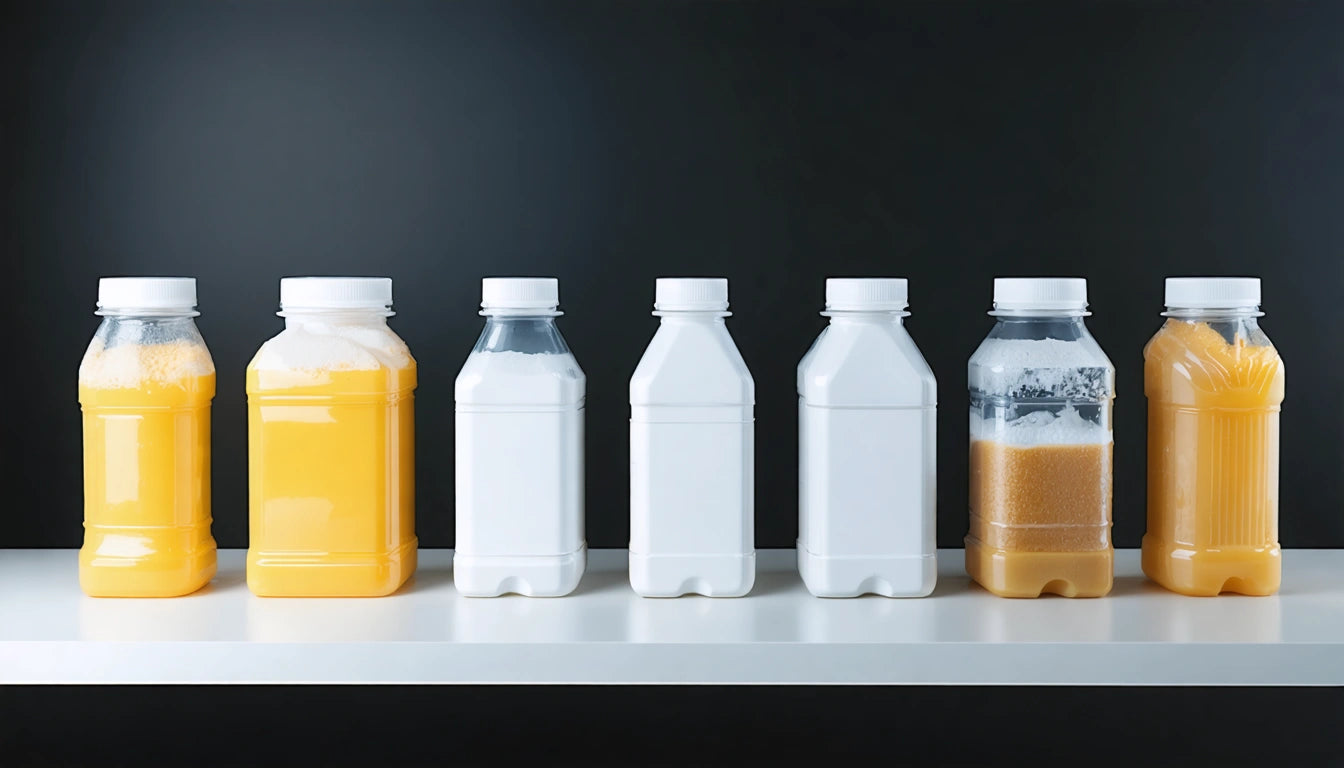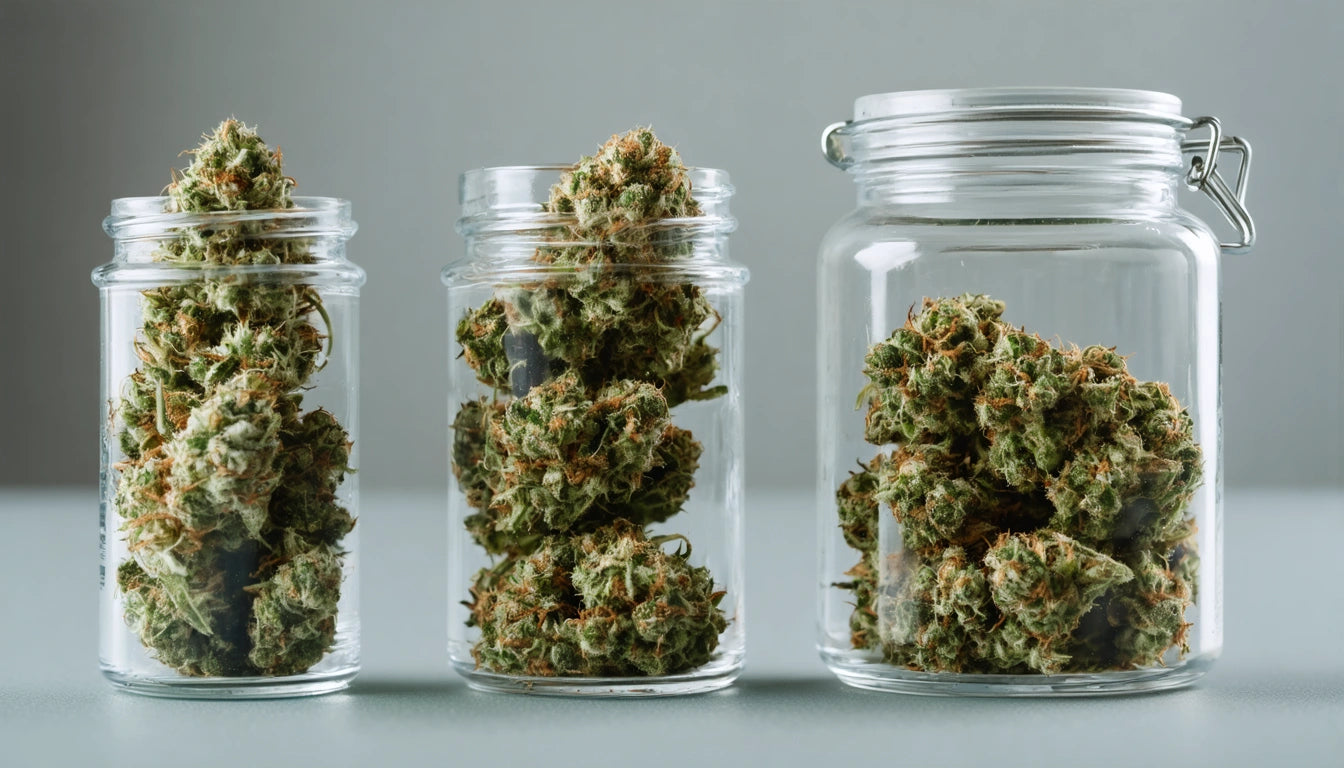Table of Contents
Top Trends Shaping the Future of the Packaging Industry
The packaging industry continues to evolve rapidly in response to changing consumer preferences, technological advancements, and regulatory pressures. From sustainable materials to interactive experiences, packaging trends are reshaping how brands connect with consumers and protect products. This comprehensive overview explores the most significant developments influencing packaging design trends and future innovations.
Sustainability Revolution in Packaging
Sustainability has moved from a niche concern to a central focus in packaging industry trends. Brands across sectors are reimagining their packaging with environmental impact in mind:
- Biodegradable and compostable materials replacing traditional plastics
- Mono-material designs that simplify recycling processes
- Plant-based alternatives gaining market share
- Reduced packaging footprints and lightweight solutions
According to industry forecasts on sustainable packaging, brands implementing eco-friendly packaging solutions are seeing increased consumer loyalty and positive brand perception. The shift toward sustainability isn't merely about environmental responsibility but has become a competitive advantage in the marketplace.
Circular Economy Models
Beyond simply using sustainable materials, the packaging industry is embracing circular economy principles. This includes designing packaging for reuse, implementing take-back programs, and creating closed-loop systems where materials continuously cycle through the value chain rather than becoming waste.
Smart Packaging Technologies Transforming Consumer Engagement
The integration of technology into packaging represents one of the most exciting trends in packaging design. Smart packaging incorporates digital elements that enhance functionality and consumer interaction:
- QR codes and NFC tags providing product authentication and additional information
- Augmented reality experiences activated through packaging
- Temperature indicators ensuring product freshness
- Interactive elements that engage consumers through digital channels
These innovations are particularly prevalent in food packaging trends, where freshness monitoring and extended shelf life are critical concerns. Consumer packaged goods (CPG) brands are leveraging these technologies to differentiate products and provide value beyond the physical container.
Minimalist Design Trends and Brand Storytelling
Aesthetic considerations remain central to packaging design trends, with minimalism continuing to dominate:
- Clean, uncluttered designs with ample white space
- Limited color palettes focusing on brand recognition
- Typography-focused approaches that prioritize readability
- Transparent elements showcasing the product inside
Beauty packaging trends particularly reflect this shift toward simplicity, with brands like The Ordinary pioneering clinical, information-forward designs. This approach aligns with consumer desire for authenticity and transparency in product formulations and brand values.
Flexible Packaging Growth and Market Expansion
Flexible packaging industry trends show continued market expansion, with pouches, sachets, and other flexible formats gaining popularity across product categories:
- Reduced material usage compared to rigid alternatives
- Lower transportation costs due to lighter weight
- Extended shelf life for perishable products
- Convenience features like resealable closures
According to market analyses, flexible packaging trends indicate this segment will continue growing faster than traditional rigid packaging options. This growth is driven by both consumer preference for convenience and brand interest in cost-effective, sustainable solutions.
Material Innovations
Advancements in material science are expanding the possibilities for flexible packaging, with new barrier properties, printability improvements, and sustainable substrate options emerging regularly. These innovations address previous limitations of flexible formats while maintaining their inherent advantages.
Safety Innovations Driving Consumer Trust
Safety features in packaging have gained renewed importance, particularly in sectors like pharmaceuticals, cannabis, and household chemicals. Child-resistant mechanisms represent a critical safety innovation, as safety regulations for potentially harmful products continue to evolve to protect vulnerable populations while remaining accessible to adults.
Tamper-evident features have also become standard across many product categories, giving consumers confidence in product integrity. These safety innovations balance protection with usability, ensuring packages remain accessible to intended users while preventing unauthorized access.
Anti-Counterfeiting Measures
With product counterfeiting on the rise globally, brands are incorporating sophisticated authentication features into packaging:
- Holographic elements
- Unique serialization codes
- Blockchain verification systems
- Specialized inks and printing techniques
These measures protect both consumers and brand integrity, particularly important in premium sectors where counterfeit products pose significant risks.
Packaging Industry Outlook: Navigating Future Challenges
As we look toward what is the future of packaging, several factors will shape industry development:
- Regulatory changes restricting certain materials and mandating recycled content
- Supply chain resilience becoming a priority after recent disruptions
- Consumer expectations for sustainability continuing to rise
- Digital integration becoming standard rather than exceptional
Brands that successfully navigate these challenges will likely focus on custom packaging solutions that balance multiple priorities rather than optimizing for a single factor.
The future of packaging will be characterized by smarter, more sustainable, and increasingly personalized solutions. Innovations in materials science, digital technology, and design thinking will continue transforming how products are contained, protected, and presented to consumers.
Companies that treat packaging as a strategic asset rather than a commodity will find competitive advantages through enhanced consumer experiences, reduced environmental impact, and improved operational efficiency. As packaging design trends continue evolving, the most successful approaches will integrate aesthetics, functionality, and sustainability into cohesive solutions that resonate with increasingly conscious consumers.











Leave a comment
All comments are moderated before being published.
This site is protected by hCaptcha and the hCaptcha Privacy Policy and Terms of Service apply.